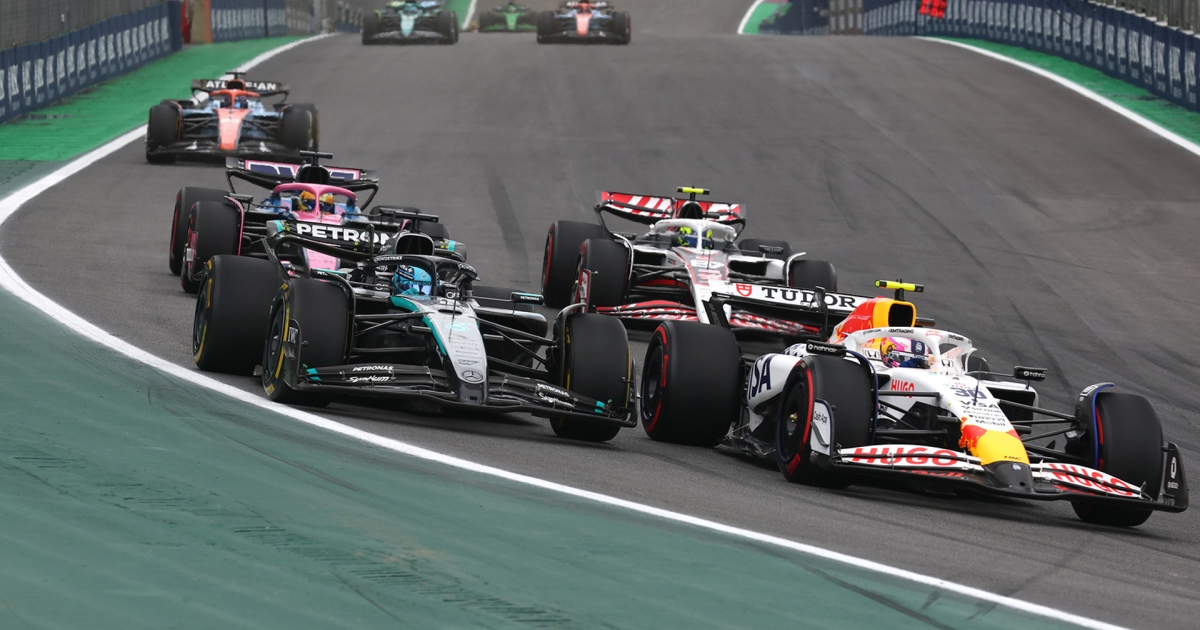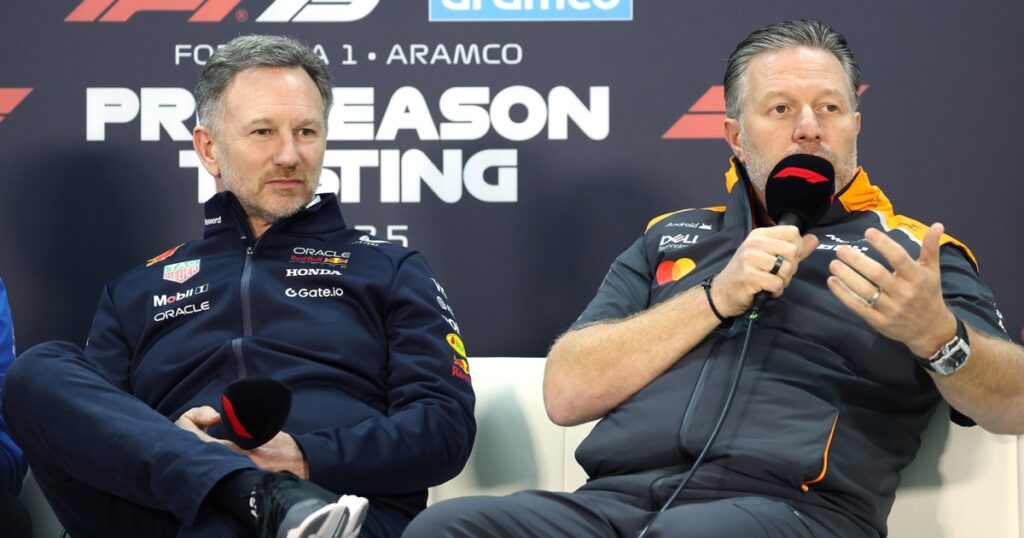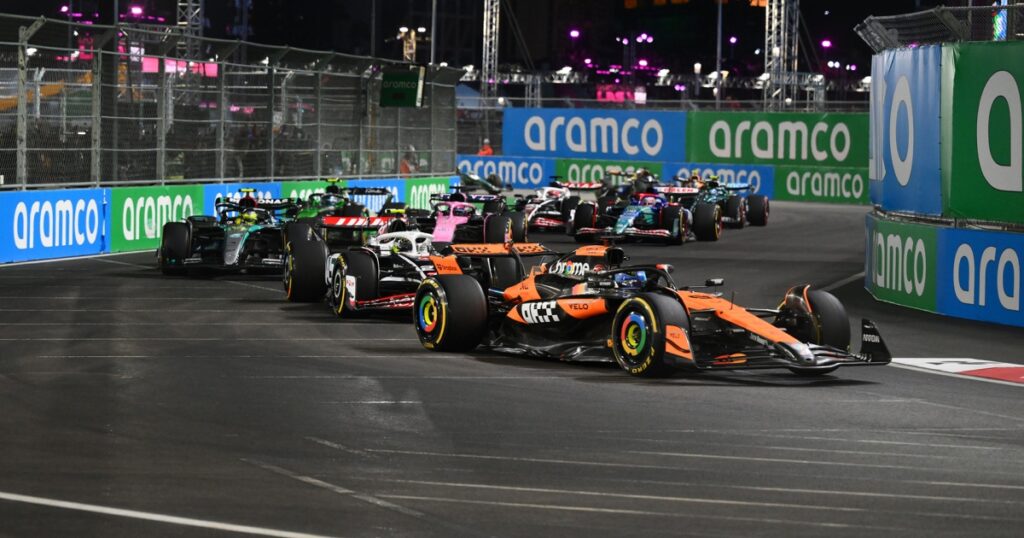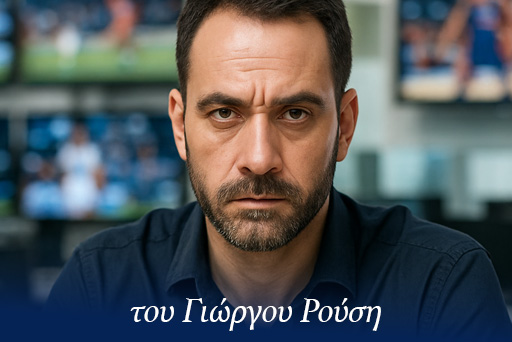F1: Ο Ράσελ αποκαλύπτει τη συναρπαστική του πρόβλεψη για το 2026

As the world of Formula 1 gears up for a transformative change, the excitement surrounding 2026 is palpable. The new era is set to redefine racing dynamics, with insights from George Russell emphasizing the unexpected overtaking opportunities that will arise. This shift is primarily attributed to the introduction of the innovative “manual override” system, allowing drivers to bypass the hybrid system’s standard settings for an immediate power boost, effectively replacing the DRS mechanism that fans have known since 2011.
With merely three races left in the current season, the British Mercedes driver is already setting his sights on the significant regulatory adjustments. The 2026 rules are poised to overhaul nearly every aspect of F1, from engines and chassis to aerodynamic design and racing strategy.
### A Shift Away from DRS: Entering a New Battleground
The upcoming cars will be 30 kilos lighter, striking a 50-50 balance between thermal and electrical energy. The conventional DRS will be phased out in favor of an active aerodynamic system that will enhance performance on straightaways. Meanwhile, the manual override feature will function similarly to the push-to-pass systems employed in IndyCar, aiming to revolutionize competitive overtakes.
On the sidelines of the Brazilian Grand Prix, Russell shared his predictions for the 2026 racing environment, expressing optimism about the potential for more overtakes:
> “I think we’re going to see more overtakes next year, but in very strange places—places we’ve never seen before. If a driver has depleted their battery and the one behind has more energy at a particular section of the track, they could suddenly pull off an overtake in a corner that would have been impossible before.”
Regarding the manual override system, he remarked, “I’m not exactly sure how the override will work, but we’ve always said that easy overtakes with clear DRS aren’t desirable. I truly believe the 2026 regulations will deliver better races.”
### High-Performance Tires for Enhanced Racing
In parallel, Pirelli is diligently developing new tires that will maintain their 18-inch size but feature a sleeker profile to align with the more agile chassis. When asked about his preferences from the tire manufacturer, Russell didn’t hold back:
> “As drivers, we’re selfish—we want the best and fastest cars that deliver the most enjoyment. We need to recognize that we’re just one of 20 participants, while over 100 million fans tune in every week to watch the sport.”
He also elaborated on his ideal yet practically unattainable vision for tire performance:
> “In a 60-lap race, I want the hard tire to last 30 laps before a dramatic drop in performance; the medium tire should do 20 laps with a sharp downturn, and the soft tire should lose effectiveness after just 10 laps. This would foster varied strategies and ultimately provide a much more exhilarating viewing experience.”
The road ahead promises to be thrilling, as the new regulations redefine the nature of competition in one of the world’s most prestigious motorsport events.















